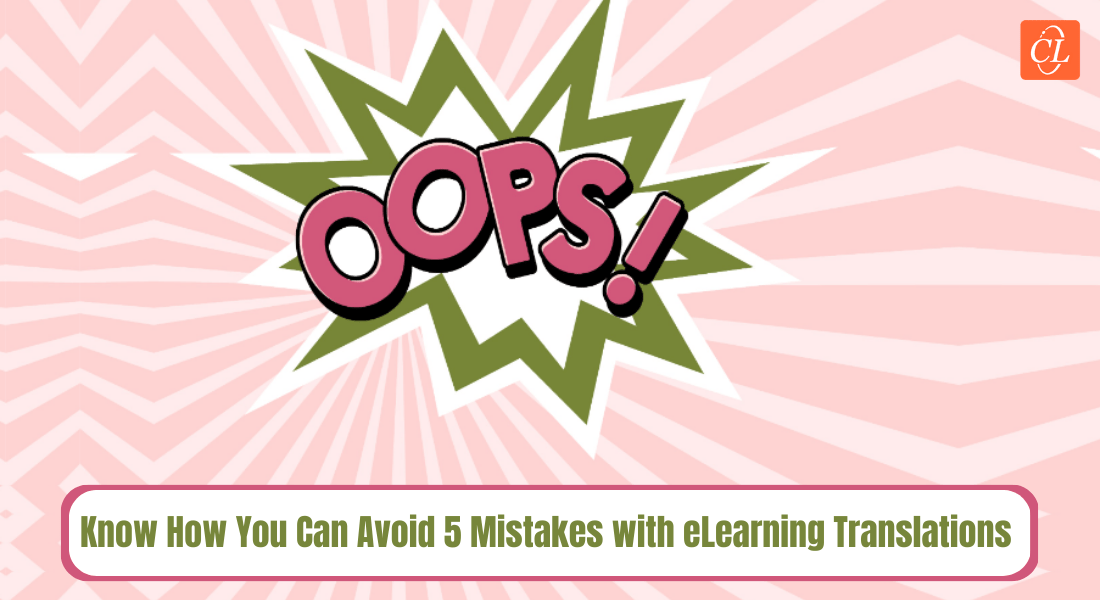No! No! No! 3 Don’ts When Converting ILT to E-learning

After considering the various benefits such as its 24/7 learning accessibility, consistency in training, and wider reach, you might have considered implementing e-learning in your organization. Great! But, the transition from one training method to another is never easy. So, what next? Will you start from scratch? What about those countless PowerPoint presentations, PDFs, and MS-Word documents you have created over the years and been using to train your employees? I’m sure all those documents are not so useless that you discard them. They have been helpful so far, so don’t ditch them. You can effectively convert these documents into online courses.
When converting ILT material into e-learning courses, one wrong step can result in undesirable consequences. Here are 3 things you must avoid to ensure the successful conversion of your ILT material into e-learning courses.
1. Do NOT simply publish your PowerPoint slides
Many organizations simply publish the PowerPoint presentations to online formats such as Flash or HTML, without adding any value to them in the form of interactive elements. They might do this due to the perception that these PowerPoint slides contain all the subject matter necessary, but they usually don’t.
PowerPoint slides just act as a supplement in the classroom. The actual subject matter comes from the instructor with demonstrations, examples, and engaging activities. So, the PowerPoint slides are only cues for the instructor. Publishing them as they are will not be of great use.
Work on filling the gaps, visual design, interactivities, audio, and chunking of on-screen information. Apply adult learning and instructional design principles to this content. Also, identify the right authoring tool that can efficiently help you in all these aspects and convert your ILT material into an engaging and interactive e-learning course.
2. Do NOT replace your current training method with e-learning – blend it
I’ve said this in my earlier posts as well – e-learning is not a replacement for your existing training methods. Organizations implement e-learning to leverage the benefits of technology in training and not because their training method, which has been used for ages, is ineffective. So, blend e-learning with your current training method, instead of replacing it.
Another reason to blend and not replace your current training method is change management. Employees might not willingly accept the sudden switch from ILT to e-learning, and even the best e-learning course cannot be successful if your workforce is averse to it. Introduce e-learning in small steps and give them time to pick up, accept, and get comfortable with this new training method.
3. Do NOT try doing it by yourself
Conversion of ILT material to an online course is a task that should be dealt with by experts as it is an endeavor that requires expertise in many areas. Many organizations do not specialize in this area, and attempting it all alone can lead to undesired consequences such as the subject matter not addressing the objectives of the course or gaps in the content. While the task of developing ILT material can be done by a single person or a team with knowledge on the subject, e-learning development needs to be done by a team of learning and design experts, tools experts, multimedia experts, and technical specialists.
To convert your ILT material in an effective way, partner with an experienced custom e-learning service provider and get the best results from your e-learning initiative.
Converting ILT material to online courses is not as simple as directly publishing them using a rapid authoring tool without making any changes. Avoiding the three mistakes discussed in this post will ensure the successful conversion of your ILT material into e-learning courses and help meet your business goals.





![5 Reasons Mobile Learning is the Need of the Hour [SlideShare]](https://blog.commlabindia.com/hubfs/Imported_Blog_Media/mobile-learning-use-corporate-training-reasons-slideshare.jpg)